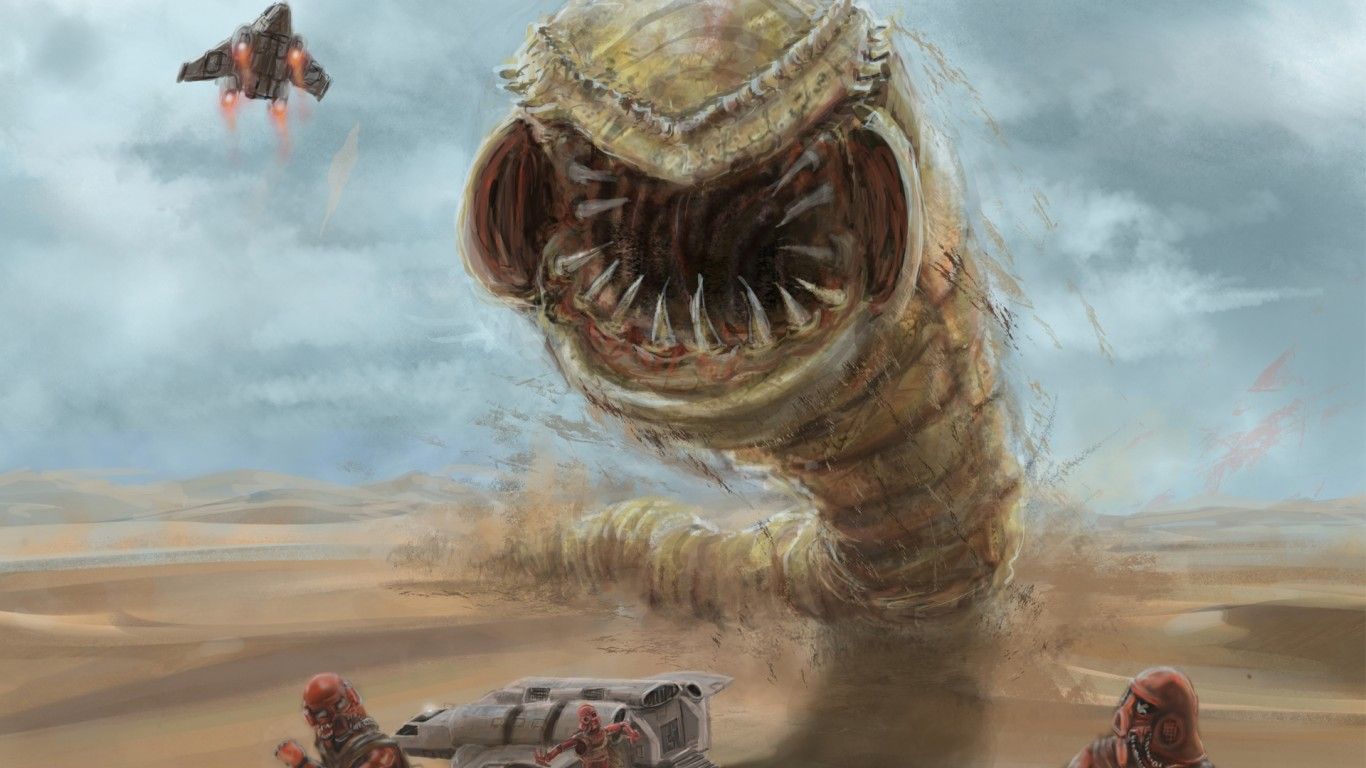
Posted on 04/06/2018 11:27:07 AM PDT by Red Badger

Globalisation and increased movement between countries and continents means movement of agricultural pests is becoming more common. Global trade means global pests. Credit: CSIRO
__________________________________________________________________________________________________________________________________________
CSIRO scientists have confirmed the hybridisation of two of the world's major pest species, into a new and improved mega-pest.
One of the pests, the cotton bollworm, is widespread in Africa, Asia and Europe and causes damage to over 100 crops, including corn, cotton, tomato and soybean.
The damage and controlling the pest costs billions of dollars a year.
It is extremely mobile and has developed resistance to all pesticides used against it.
The other pest, the corn earworm, is a native of the Americas and has comparatively limited resistance and host range.
However, the combination of the two, in a novel hybrid with unlimited geographical boundaries is cause for major concern.
Australia's Commonwealth Scientific and Industrial Research Organisation (CSIRO) researchers in a paper published in the Proceedings of the National Academy of Sciences provides clear evidence of the hybridisation of the two moths in Brazil.
"A hybrid such as this could go completely undetected should it invade another country," Research Director leading CSIRO's Biosecurity Risk Evaluation and Preparedness Program Dr Paul De Barro said.
"It is critical that we look beyond our own backyard to help fortify Australia's defense and response to biosecurity threats.
"As Australia's national science agency, we are constantly looking for new ways to protect the nation and technology like genome sequencing, is helping to tip the scales in our favour."
While a combination of insecticides currently controls these pests well in Australia, it is important to study the pests themselves for sustainable long-term management world-wide.
The scientists confirmed that among the group of caterpillars studied, every individual was a hybrid.
"No two hybrids were the same suggesting a 'hybrid swarm' where multiple versions of different hybrids can be present within one population," fellow CSIRO Scientist Dr Tom Walsh said.
The bollworm, commonly found in Australia, attacks more crops and develops much more resistance to pesticides than the earworm.
A concerning finding among the Brazilian hybrids was that one was 51 per cent earworm but included a known resistance gene from the bollworm.
Lead author of the paper Dr Craig Anderson, a former CSIRO scientist now based at The University of Edinburgh, believes the hybrid study has wide-ranging implications for the agricultural community across the Americas.
"On top of the impact already felt in South America, recent estimates that 65 per cent of the USA's agricultural output is at risk of being affected by the bollworm demonstrates that this work has the potential to instigate changes to research priorities that will have direct ramifications for the people of America, through the food on their tables and the clothes on their backs," Dr Anderson said.
More information: Craig J. Anderson et al. Hybridization and gene flow in the mega-pest lineage of moth,Helicoverpa, Proceedings of the National Academy of Sciences (2018). DOI: 10.1073/pnas.1718831115
Journal reference: Proceedings of the National Academy of Sciences Provided by: CSIRO
https://en.wikipedia.org/wiki/CSIRO
Democrats?
Bring back DDT and quit whining.
+1
Ever notice that EVERY LIBERAL SOLUTION CREATES MORE PROBLEMS THAN IT SOLVES?..........................
Worms, to be sure, but a different species...................
Ping!..........
True. And virtually every invasive species has been spread by government.
Bring back DDT and quit whining.
—
and Chlordane ...
Isn't there a 'great name for a band' ping list around here somewhere?
And the reason the U.S. isn’t on the list? That’s right kids, Monsanto.
Hybrid or adapting? That must be why so many Dems are gay! They hate themselves, America and AmeriCANS. So I guess they are adapting to not procreate and live here anymore:-)
Hawaii imported the mongoose to deal with an overpopulation of sugarcane field rats. Forgot to factor in that mongoose sleep at night, and the rats during the day.
Result? Now too many of each. D'oh.
Try slings and arrows..............
Let’s first address this issue by abolishing the ethanol rules and insisting that corn be used for FOOD!
Cotton is food too!...............
The Cotton Bollworm, or Corn Earworm, Heliocoverpa zea, is a major pest of cotton and corn, but also affects a number of other field crops including soybeans, grain sorghum, sunflowers, and peanuts. It damages cotton plants by cutting off terminals which causes multiple branching and delayed maturity. They also damage the cotton plant by eating into the squares, blooms, and bolls. In corn the larvae feed on the leaves, tassels, ears, and the whorl. In soybeans the larvae feed on leaves, stems, flowers, pods, and seeds within pods that may result in foliage, flower, and fruit loss.
https://www.ars.usda.gov/southeast-area/stoneville-ms/southern-insect-management-research/docs/cotton-bollworm/
Go plant corn next to cotton...Every bug (insect) has lunch.
The problem is that the gene for resistance to certain pesticides has been transferred from one species to another, that up until now didn’t have it..............
Wyrms

We may be in trouble......................
Disclaimer: Opinions posted on Free Republic are those of the individual posters and do not necessarily represent the opinion of Free Republic or its management. All materials posted herein are protected by copyright law and the exemption for fair use of copyrighted works.